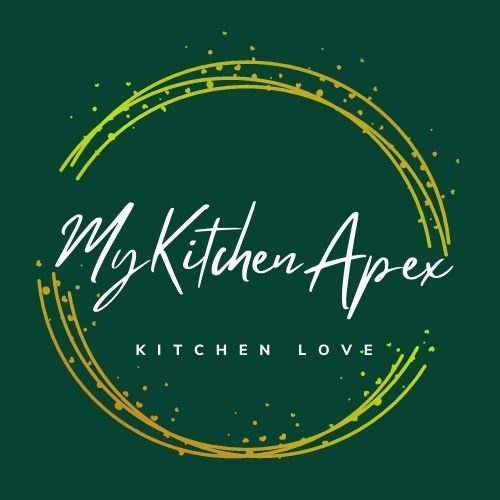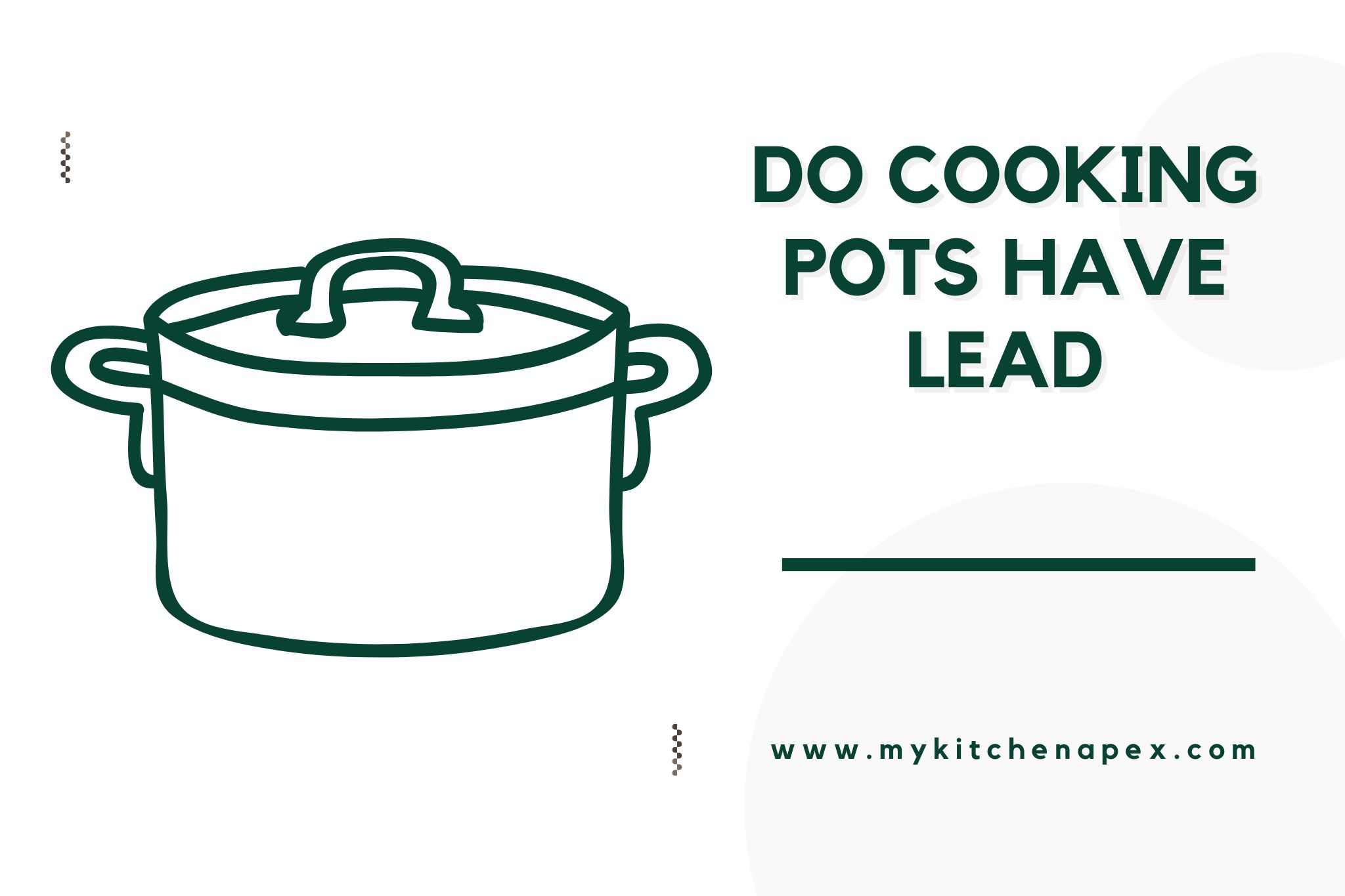Are you sure that your trusty cooking pots are not secretly adding a harmful ingredient to your meals? With rising concerns about lead contamination in cookware, it’s important to carefully consider the materials used to make our kitchen utensils.
While lead poisoning is a serious health risk, many people are unaware of the potential dangers lurking in their own kitchens.
Studies have shown that lead can leach into food when using certain types of cookware, posing a significant threat to our health and well-being. While regulations and standards have been put in place to minimize this risk, it’s still crucial to be informed about the potential presence of lead in your cooking pots.
Table of Content
Highlights:
- Certain materials like ceramic and enamel-coated pots may contain lead
- Regularly inspect and maintain cookware to minimize the risk of lead exposure
- Choose stainless steel, cast iron, or ceramic pots to ensure they are lead-free
do cooking pots have lead
Cooking pots can sometimes contain lead, especially if they are made from certain materials such as ceramic or earthenware. Lead can leach into food when these types of pots are used for cooking or storing acidic foods.
It is important to check the material of your cooking pots and avoid using those that contain lead to prevent any potential health risks.
To ensure the safety of your cookware, it is crucial to choose pots and pans made from materials that are not known to contain lead, such as stainless steel, cast iron, or enamel-coated cookware.
Regularly inspect your cooking pots for any signs of wear or damage, as this can increase the risk of lead leaching into food. By being mindful of the materials used in your cookware and regularly maintaining and inspecting them, you can minimize the risk of lead exposure in your cooking.
You May Also Like: do pans have lids
Are all cooking pots lead-free?
Not all cooking pots are lead-free. Some older pots and pans, especially those with enamel coatings, may contain lead, which can leach into food during cooking. To ensure that your cooking pots are lead-free, look for pots that are labeled “lead-free” or opt for materials like stainless steel, cast iron, or ceramic, which are less likely to contain lead.
It is important to prioritize the health and safety of your family by being mindful of the materials used in your cookware. Lead exposure can have serious health consequences, so it’s worth investing in lead-free cooking pots to minimize the risk of lead contamination in your food.
Always check the product labels and do your research to ensure that your cookware is free from harmful substances like lead.
What are the dangers of lead in cookware?
The dangers of lead in cookware are significant, as lead exposure can lead to serious health issues. Lead can enter the food during cooking and leach into the food, especially with acidic ingredients.
This can lead to lead poisoning, which can cause damage to the brain and nervous system, especially in children.
The effects of lead poisoning can be irreversible, making it crucial to avoid exposure to lead in cookware.
It’s important to use cookware that is lead-free to ensure the safety of the food being prepared. Regular inspection of cookware for any signs of wear or damage can help prevent lead exposure.
Also Read: do pans have pfas
How to test for lead in cooking pots
To test for lead in cooking pots, you can start by using a home lead testing kit. These kits typically include swabs that change color when they come into contact with lead, indicating its presence. Another option is to take the cooking pot to a testing laboratory, where they can perform a more accurate and comprehensive lead analysis.
Many home lead testing kits are easy to use and provide quick results, making them a convenient option for testing cooking pots for lead.
However, if you want a more thorough and professional analysis, taking the cooking pot to a testing laboratory is the best course of action.
By using these methods, you can ensure the safety of your cooking pots and protect yourself and your family from potential lead exposure.
How to choose safe cooking pots
When choosing safe cooking pots, it’s essential to consider the materials they are made from. Opt for stainless steel, cast iron, or glass pots and pans, as these materials are known to be safe for cooking.
Avoid aluminum or non-stick cookware, as they can potentially leach harmful chemicals into your food.
Another factor to consider is the coating on the cooking pots. Look for pots and pans with non-toxic, PFOA-free, and PTFE-free coatings.
These coatings are safer and do not release harmful chemicals when heated, ensuring the safety of your cooking process.
Consider the maintenance and durability of the pots to ensure they will last and remain safe for use over time.
Also Read: are glass frying pans safe
Final Thoughts
In conclusion, it’s crucial to be aware of the potential presence of lead in cooking pots, as it can leach into food and pose serious health risks. Opt for materials like stainless steel, cast iron, or enamel-coated cookware to minimize the risk of lead exposure. Regularly inspect pots for wear or damage, and consider using home lead testing kits or professional analysis to ensure their safety.
Choose pots with non-toxic coatings and prioritize maintenance and durability. By being mindful of the materials and maintenance of your cookware, you can protect yourself and your family from potential lead exposure and ensure the safety of your meals.

